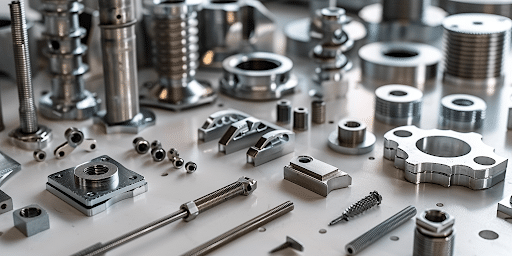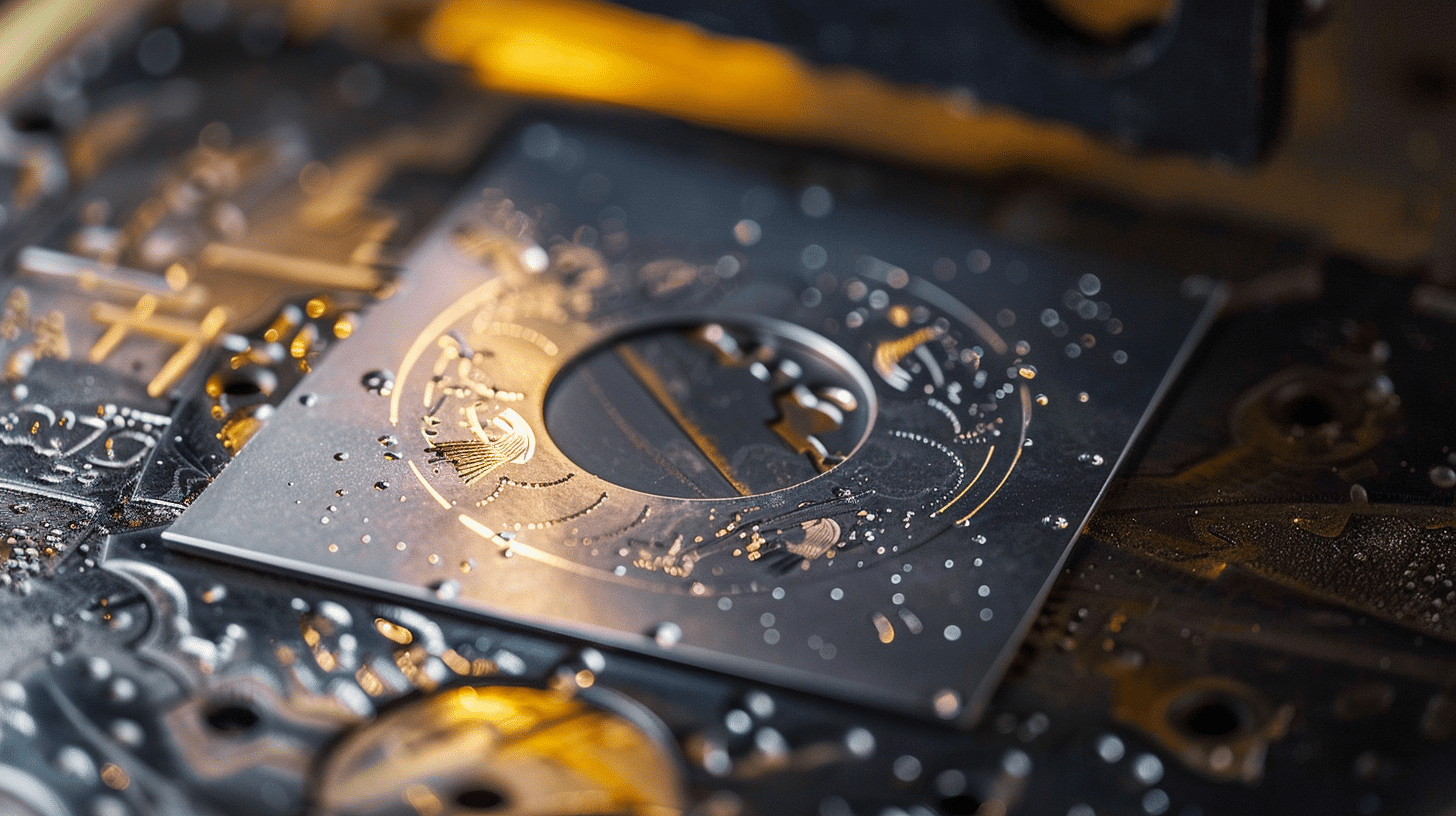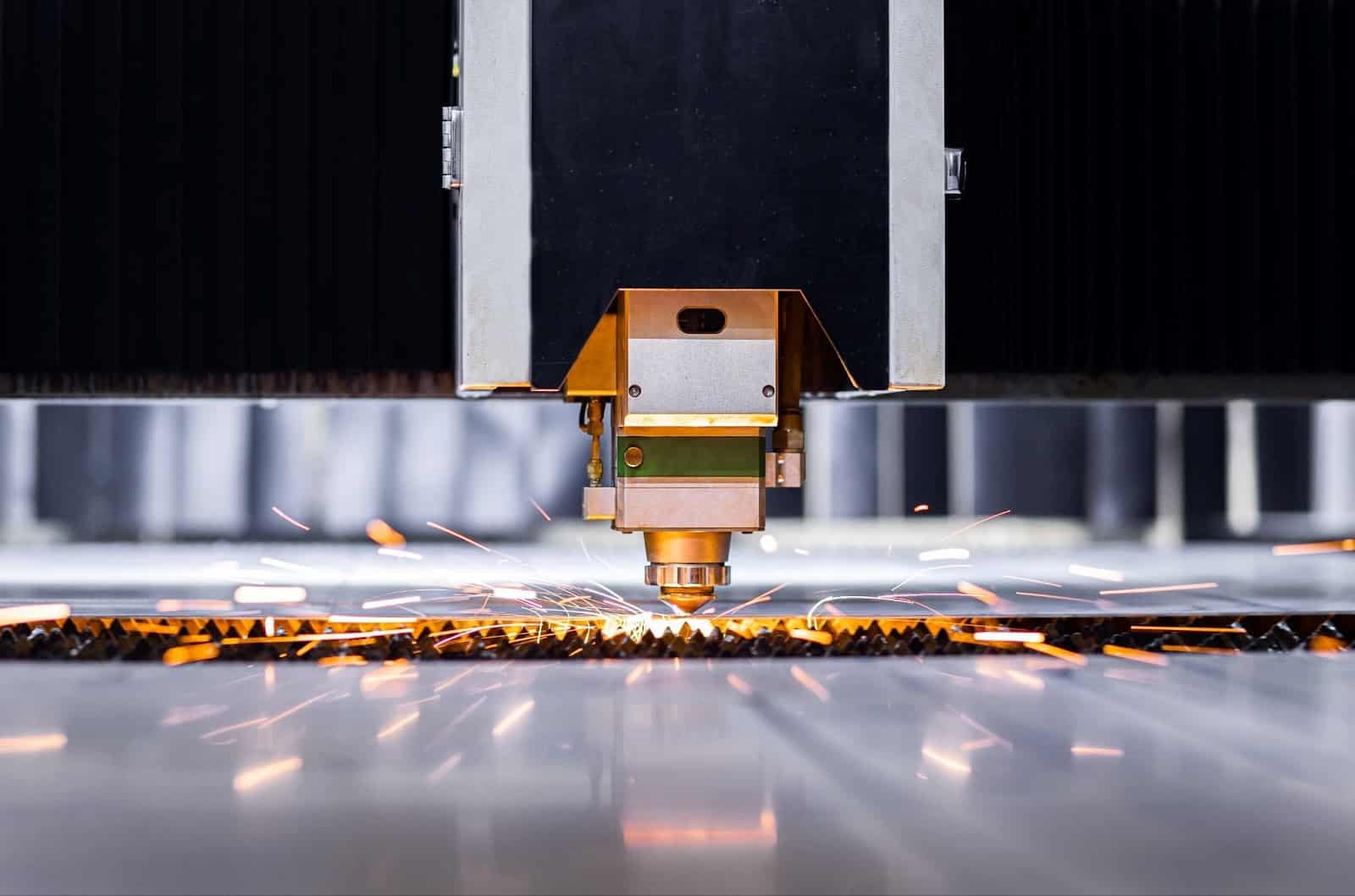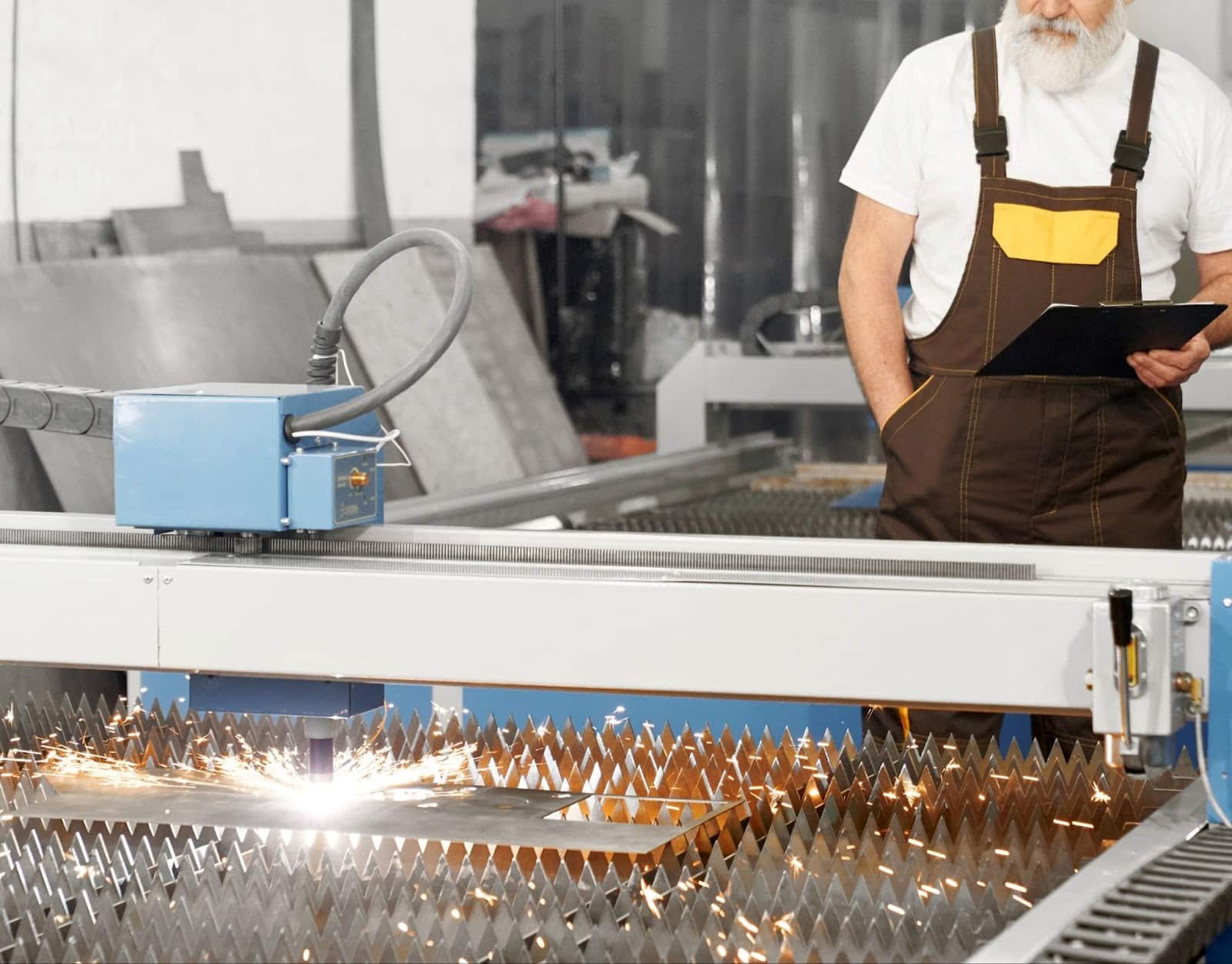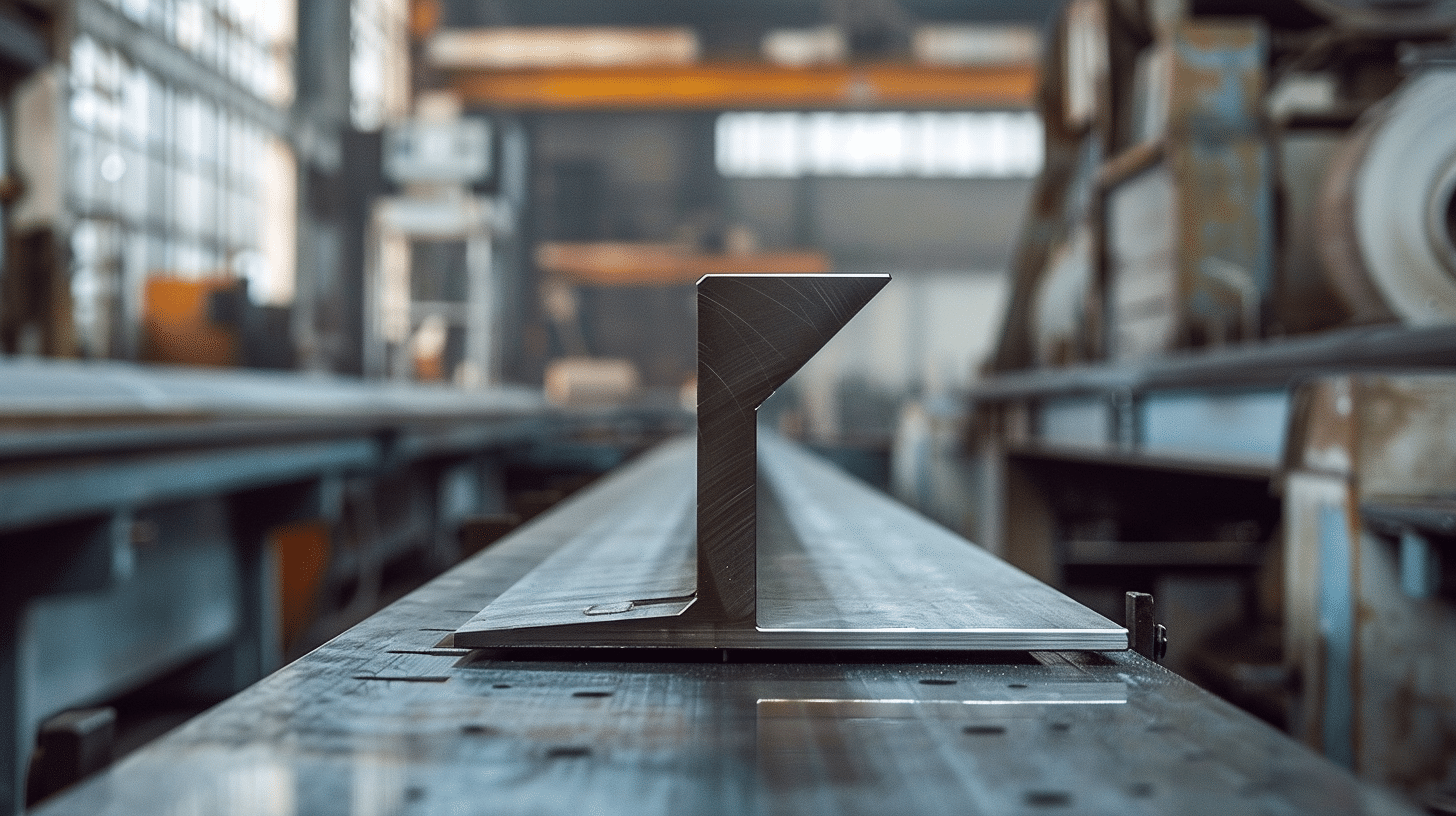In the competitive world of manufacturing, simply producing quality sheet metal parts isn’t enough. To stay ahead, it’s essential to incorporate value-added processes that enhance the performance, functionality, and overall quality of your parts. From finishing techniques to additional fabrication steps, these processes can make a significant difference in the durability and efficiency of your final product.
In this article, we share various value-added processes that can take your sheet metal parts to the next level, ensuring they meet the highest standards and exceed customer expectations. Whether you’re looking to improve aesthetics, strengthen durability, or add specialized features, these enhancements are key to achieving superior results in your fabrication projects.
Overview of Sheet Metal Fabrication
Sheet metal fabrication involves a series of manufacturing processes that transform flat metal sheets into complex, functional parts. This versatile process is used to create a wide range of components, from automotive bodies and medical equipment to structural components and roofing sheets. The core value of sheet metal fabrication lies in its ability to produce parts with high precision and durability while allowing for customization based on customer specifications.
What is a Value-Added Process?
A value-added process in the context of sheet metal parts refers to any additional step in the manufacturing process that enhances the functionality, quality, or appearance of the final product beyond its basic fabrication. These processes can include finishing techniques like powder coating or anodizing, which improve durability and corrosion resistance, as well as precision enhancements such as laser cutting, metal bending, or welding to achieve specific design requirements.
By incorporating value-added processes, manufacturers can create sheet metal parts that not only meet the structural needs but also deliver superior performance and aesthetics, adding significant value to the end product and meeting or exceeding customer expectations.
Partner with the best contract manufacturer
6 Key Value-Added Processes for Sheet Metal Fabrication
Key value-added processes in sheet metal fabrication leverage extensive experience in sheet metal to enhance product quality and efficiency. These processes, including precision cutting, advanced forming, and meticulous finishing, transform raw materials into high-value components, ensuring accuracy, durability, and tailored solutions that meet exacting customer specifications.
-
Material Selection and Preparation
The choice of metal plays a pivotal role in determining the suitability of a sheet metal part for its intended application. Common metals used include carbon steel, stainless steel, and galvanized steel, each offering distinct properties such as corrosion resistance and mechanical strength. The initial step involves selecting the right type of metal based on the material properties required for the finished product.
In the preparation and prototyping phase of the metal fabrication process, sheet metal fabricators create detailed prototypes using various types of metals. This phase involves designing and testing complex shapes to refine the product. Effective prototyping ensures accuracy and functionality before scaling to mass production, optimizing overall quality.
-
Cutting and Shaping
Cutting is a fundamental step in the metal fabrication process. It involves transforming flat metal sheets into desired shapes and sizes. Advanced techniques like laser cutting and mechanical cutting are employed to achieve precise dimensions and intricate designs. Laser cutting, in particular, offers exceptional accuracy and clean edges, making it ideal for complex shapes and detailed patterns.
Additionally, mechanical cutting methods, including shearing and punching, are used to create standard shapes and profiles. These methods are often used in combination with stamping tooling to produce high-volume parts efficiently. Regardless of the cutting method, maintaining uniform thickness and accurate dimensions is essential for ensuring the quality and functionality of the final product.
-
Forming and Bending
Once the metal sheets are cut into the desired shapes, the next step involves forming and bending them to achieve the required geometries. This process is crucial for creating components with complex shapes, such as automotive panels or medical device housings. Sheet metal forming techniques include deep drawing, roll forming, and press braking.
Deep drawing involves stretching the metal sheet into a mold to create a hollow component, while roll forming uses continuous rolls to bend the metal into a specific profile. Press braking applies force to bend the metal along a straight line, allowing for precise angles and curves. These forming methods contribute to the production of intricate and customized parts while maintaining structural integrity.
-
Joining and Assembly
Joining and assembly processes are integral to creating complex components from multiple sheet metal pieces. Techniques such as welding, spot welding, and mechanical fastening are employed to assemble the parts securely. Welding services are commonly used to join metal sheets with high strength and durability.
Spot welding, on the other hand, is ideal for joining thin sheet metal sections quickly and efficiently. It involves applying electric current to the metal surfaces, creating a weld nugget that bonds the sheets together. Mechanical fastening methods, such as riveting and bolting, are also used to assemble metal components, particularly when disassembly or adjustment is required.
-
Surface Treatments and Finishing
Surface treatments enhance the appearance and functionality of sheet metal parts. Techniques such as powder coating, anodizing, and plating provide protective coatings that improve corrosion resistance, durability, and aesthetics. Powder coating involves applying a dry powder to the metal surface, which is then cured under heat to form a tough, decorative finish.
Anodizing is a process that creates a protective oxide layer on aluminum surfaces, increasing corrosion resistance and improving appearance. Plating, including electroplating and hot-dip galvanizing, applies a metal coating to the sheet metal surface to enhance corrosion resistance and provide a decorative finish. These surface treatments are essential for ensuring the longevity and visual appeal of the finished products.
-
Secondary Processes and Value-Added Services
In addition to the primary fabrication steps, secondary processes add significant value to sheet metal parts. These include hardware insertion, mechanical assembly, and precision machining. Hardware insertion involves adding components such as fasteners, hinges, and locks to the sheet metal parts, making them ready for use in various applications.
Mechanical assembly combines multiple sheet metal components into a final product, ensuring that all parts fit together accurately and function as intended. Precision machining, including milling and turning, provides additional customization and refinement, allowing for the creation of complex features and tight tolerances.
How to choose the sheet metal fabrication process | 5 key factors to consider
Advantages of Value-Added Processes
Value-added processes offer numerous advantages by enhancing the quality and efficiency of sheet metal fabrication. These processes improve product accuracy, surface finish, and customization while reducing material waste and production costs. Leveraging advanced techniques and expertise ensures superior performance, faster turnaround times, and greater overall value for customers.
Enhanced Accuracy and Precision
Value-added processes ensure that sheet metal parts meet high standards of accuracy and precision. Techniques like laser cutting and advanced forming methods enable manufacturers to produce components with exact dimensions and intricate details. This level of precision is critical for applications requiring tight tolerances, such as aerospace and medical industries.
Improved Material Utilization
Efficient cutting and shaping methods, combined with careful material selection, reduce waste and optimize material use. Advanced cutting techniques like laser cutting minimize excess material, leading to cost savings and environmental benefits. By maximizing material utilization, manufacturers can achieve cost-effective production and sustainable practices.
Customization and Flexibility
The ability to customize sheet metal parts based on customer specifications is a significant advantage of value-added processes. From intricate designs to custom shapes and sizes, manufacturers can tailor their products to meet diverse requirements across numerous industries. This flexibility enhances customer satisfaction and allows for the creation of unique components for specialized applications.
Increased Durability and Performance
Surface treatments and protective coatings enhance the durability and performance of sheet metal parts. Corrosion-resistant finishes, such as anodizing and plating, extend the lifespan of components and ensure reliable performance in challenging environments. Improved durability contributes to reduced maintenance and lower overall costs for end-users.
Cost Savings and Efficiency
Value-added processes contribute to cost savings through improved efficiency and reduced waste. Advanced manufacturing techniques, such as high-speed laser cutting and automated assembly, streamline production and minimize labor costs. Additionally, precise cutting and forming reduce material waste, leading to more cost-effective production and competitive pricing.
Applications of Value-Added Processes for Sheet Metal Parts
Value-added processes for sheet metal parts find applications across a wide range of industries. Some common applications include:
- Automotive Industry: Sheet metal components are used in automotive bodies, engine parts, and structural elements. Precision fabrication ensures that parts meet stringent safety and performance standards.
- Medical Equipment: Intricate designs and high accuracy are required for medical device housings, surgical instruments, and diagnostic equipment. Custom sheet metal fabrication meets the rigorous requirements of the medical field.
- Construction and Roofing: Roofing sheets and structural components made from sheet metal offer durability, weather resistance, and aesthetic appeal. Surface treatments enhance their performance and longevity.
- Industrial Equipment: Sheet metal parts used in machinery and equipment must withstand harsh operating conditions. Value-added processes ensure that components are robust and reliable.
- Consumer Products: From appliance housings to electronic enclosures, sheet metal parts are integral to various consumer products. Customization and precision fabrication meet the diverse needs of the consumer market.
Why Work with a Contract Manufacturer for Value-Added Processes?
When optimizing value-added processes for sheet metal parts, partnering with a contract manufacturer, such as Alpha Contract Manufacturing Group, can offer significant advantages. From enhancing manufacturing processes to reducing production times, here are five compelling reasons to work with a contract manufacturer for your metal fabrication needs.
Access to Specialized Expertise and Advanced Equipment
Contract manufacturers bring a wealth of experience in metal fabrication processes. Their expertise covers various techniques, such as advanced sheet metal fabrication, precision cutting, and intricate surface finish treatments. By leveraging their deep knowledge and state-of-the-art equipment, such as laser cutting machines and CNC mills, they can handle complex product designs with precision.
Their proficiency in dealing with different metals and fabrication methods ensures that each piece of metal is processed to the highest standards. Whether you’re working with stainless steel, carbon steel, or other materials, a contract manufacturer can offer the specialized skills required for producing high-quality components.
Enhanced Production Efficiency and Reduced Lead Times
Working with a contract manufacturer can significantly improve production times. These manufacturers have streamlined their processes and invested in advanced technologies to boost efficiency. Their experience in managing large-scale production runs and small-scale production runs ensures that they can deliver products promptly without compromising on quality.
Contract manufacturers often have established workflows and production schedules that minimize setup times and optimize throughput. This means you can expect quicker turnaround times, which is crucial for meeting tight deadlines and maintaining a competitive edge in the market.
Cost-Effective Solutions and Scalability
Outsourcing your metal fabrication processes to a contract manufacturer can result in substantial cost savings. These manufacturers benefit from economies of scale, as they produce large volumes of components, allowing them to negotiate better material costs and streamline operations.
Additionally, contract manufacturers offer scalability that can adapt to your production needs. Whether you require a high-volume production run or a batch of custom components, they can adjust their processes accordingly. This flexibility helps you avoid the costs associated with investing in expensive machinery or hiring additional staff.
High-Quality Surface Finishes and Customization
Achieving a high-quality surface finish is essential for many applications, and contract manufacturers excel in this area. They offer a range of surface treatments, including powder coating, anodizing, and plating, to enhance the durability and appearance of your sheet metal components.
Moreover, contract manufacturers can handle complex product designs and provide customization options that meet your specific requirements. Whether you need intricate details or custom shapes, their advanced capabilities in metal fabrication ensure that your components meet precise design specifications and industry standards.
Comprehensive Sheet Metal Assembly and Value-Added Services
In addition to basic metal fabrication, many contract manufacturers provide comprehensive sheet metal assembly and additional value-added services. This includes tasks such as hardware installation, mechanical assembly, and final product integration. By outsourcing these processes, you can benefit from a single point of contact for all your manufacturing needs.
Contract manufacturers’ expertise in sheet metal assembly ensures that all components fit together perfectly, reducing the risk of errors and improving overall product quality. Their ability to manage the entire manufacturing process from start to finish simplifies your supply chain and enhances your overall operational efficiency.
Streamline Your Value Added Processes With the Ultimate Contract Manufacturing Group
At Alpha Contract Manufacturing Group, we provide comprehensive contract manufacturing services tailored to your needs. Our expertise encompasses advanced sheet metal fabrication, precision cutting, complex assembly, and high-quality surface finishing.
Our services include:
- Machining
- Plastics
- Wood processing
- Rubber processing
- Laser cutting
- Metal processing
- Mechanically welded assembly
- Electromechanical
- Industrial painting
- Composites
- Industrial automation robotics
- Assembly manufacturing
With state-of-the-art equipment and a team experienced in handling various metals, we ensure efficient production times and exceptional results. Whether you’re seeking custom solutions or scalable production runs, our commitment to quality and customer satisfaction drives every aspect of our service.
